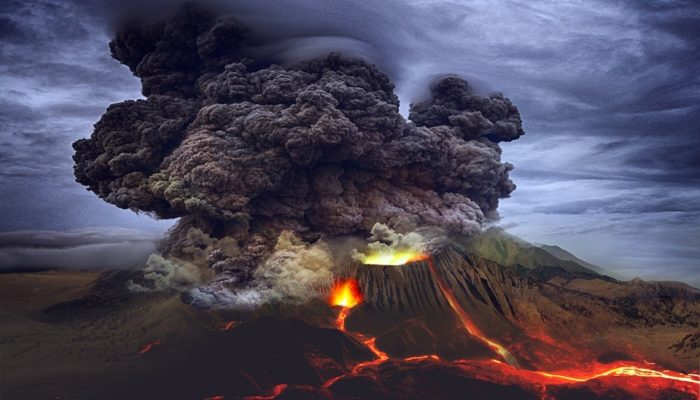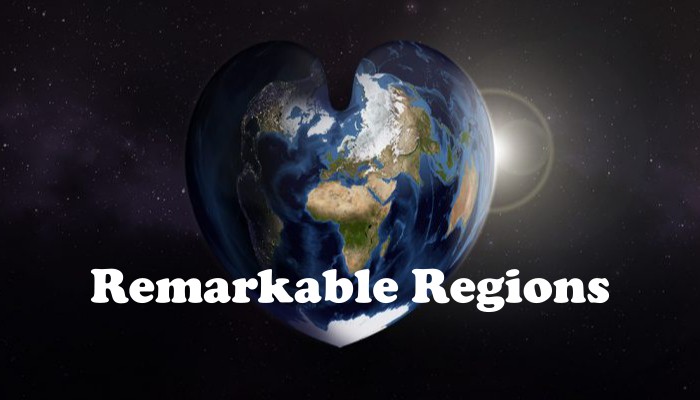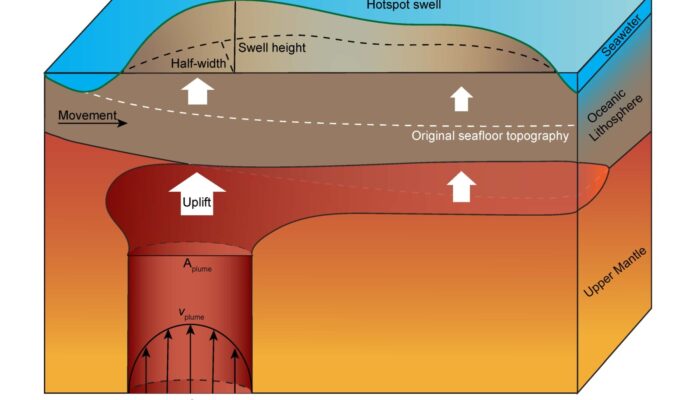Figure 1. Illustration of the hotspot swell and plume buoyancy flux. White dashed line shows the original seafloor topography due to half-space cooling. Dark green line represents the surface dynamic topography caused by the dynamic uplift of the plume. One of the main surface expressions of dynamic topography are hotpot swells formed by mantle plumes. In this week’s post, Ziqi Ma, PhD candi ...[Read More]
The Deccan Chronicle: Plume or no-Plume? Perspective from a Deccan dyke swarm

Deccan volcanism is one of the landmark events in India’s geodynamical history. Yet, its origin is still under debate regarding its association with the Réunion plume. In this week’s news and views, Ayanangshu Das, a PhD student at the Indian Institute of Science Education and Research (IISER), Bhopal, explains their recent study to understand the emplacement mechanism by observing the magm ...[Read More]
Rayleigh-Taylor instability in geodynamics
Flow against gravity is a common feature in the geodynamic phenomenon. In this week’s Geodynamics 101, Dip Ghosh from Jadavpur University Geodynamics Lab will explain the fundamentals of Rayleigh-Taylor instability: A key to understanding the anti-gravity flow. It has long been realized that most of the geodynamic processes can be described in terms of slow viscous flow. Thus, like many othe ...[Read More]
Remarkable Regions – The Réunion Hotspot

This week we again turn our attention to a Remarkable Region that deserves a spot in the scientific limelight. Postdoctoral researcher Eva Bredow of Kiel University shares with us her long history with Réunion Island. At first glance, Réunion is a relatively small tropical island, located between Madagascar and Mauritius, and from my personal experience, most Germans have never even heard of it. T ...[Read More]


